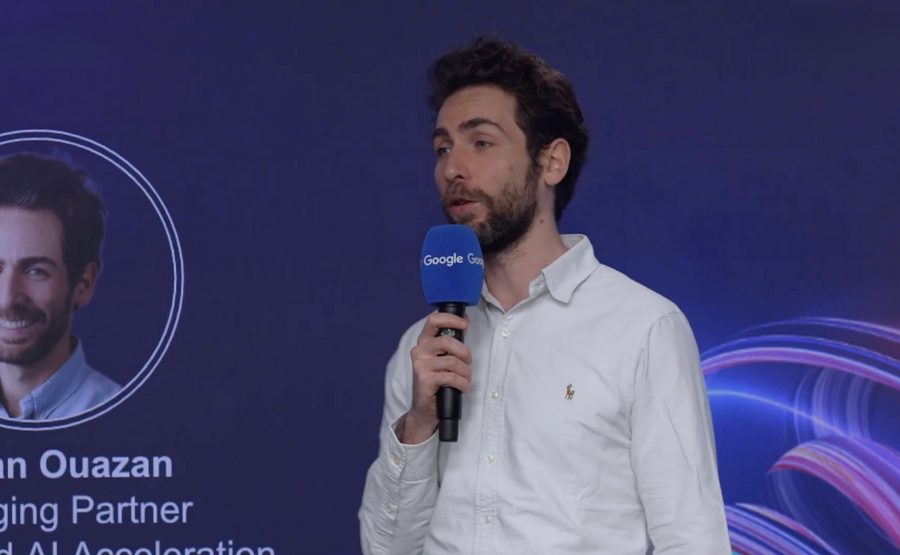AI agents: A wave of transformation to master
Artificial intelligence is no longer just a promise; it’s a reality redefining the contours of business. However, its effective integration within organizations still presents major challenges. Hanan Ouazan, Managing Partner and Global Lead AI Acceleration at Artefact, recently offered illuminating insights on how to approach the emergence of AI agents in our marketing, communication, and operational processes. His intervention highlighted the imperatives for successful adoption.
Fragmented adoption and persistent obstacles
A revealing Google and BCG study found that less than 1% of companies have truly completed their AI transformation. While many are experimenting and optimizing existing processes, the majority struggle to orchestrate a global integration. This gap is explained by the difficulty of moving from a tool-centric logic to a true process-centric one. The market is saturated with technologies, making consistent monitoring and integration a daily challenge.
Three major obstacles hinder this large-scale adoption. The first is data: nearly two-thirds of enterprise data remains unexploited. The second is organizational: marketing, a mature discipline, often inherits rigidities and silos that prevent fluid orchestration. The third challenge is integration. While isolated proofs of concept (POCs) are easy to create, integrating the technology upstream and downstream of existing processes is far more complex.
From LLMs to agents: AI takes action
Despite these challenges, the current context is ripe for innovation. The advent of Large Language Models (LLMs) about two and a half years ago offered the ability to process enormous volumes of data. Beyond information retrieval applications, LLMs allow for much finer analysis. Hanan Ouazan gives a striking example: an LLM can analyze Google Analytics logs to detect a user’s underlying intention on a site. A user looking at a variety of furniture products is not just looking for individual items, he’s probably “redoing his living room”. This understanding of overall intent opens up unprecedentedly precise marketing perspectives.
The next step, that of AI agents, marks the true acceleration. While LLMs digest information, agents enable its activation and orchestration. This advancement fills the gap of harmonization between channels and represents a revolution for process fluidity. To master this transformation, three key areas must be considered: data, integration, and trust.
Data: Essential fuel for agentic AI
The first area is data, the raw material for any generative AI initiative. Its quality is paramount. The goal is to exploit 100% of the data, in a curative mode (to improve existing data) and a proactive mode (to qualify each new interaction). For example, an LLM can correct poorly filled product sheets or, in a call center, capture and structure call information in real time to enrich the CRM in a qualified manner.
Integration: The challenge of large-scale production
The second area is integration. The example of the call center illustrates this point: the ideal is an AI that listens to the call live, identifies the customer query, and instantly displays the relevant response to the advisor. This requires seamless integration between telephony, AI, knowledge bases and CRM. While POCs are quick to create, going into production is often slowed down by connectivity or software compatibility issues. Anticipating these “friction points” is crucial for scaling up.
Trust and governance: Mastering agent deployment
The third and fundamental area is the question of trust. The deployment of AI “co-pilots” for each employee – potentially several agents per human – raises existential questions. This proliferation of data-accessing, cost-generating and potentially uncontrollable agents is often underestimated. It raises crucial issues of economic viability, reliability (models can “hallucinate”), security (access to APIs and sensitive data) and compliance. The governance and supervision of these AI agents is becoming an absolute priority, with the emergence of dedicated platforms like Google’s AI Agent Space.
The management of these agents extends beyond just the IT domain. While IT ensures technical operation, data and business teams must jointly evaluate the relevance and accuracy of AI responses. Organizational transformation is inevitable. It is no longer about optimizing what exists, but about reinventing processes. AI agents are not there to supercharge current methods, but to completely rethink them, including user experience, as consumers already have very high expectations of AI.
This profound transformation requires strong sponsorship at the highest corporate level. It’s not just a technical project, but a redefinition of professions, the role of IT, data and business. This implies budgets, but also massive investment in training and team acculturation. A recent study (early 2025) highlights an alarming gap between employees’ expectations and the reality on the ground: a large proportion lack training on AI. This is a sign that, despite promises of transformation, many organizations are not yet ready.
In conclusion, the rise of AI agents goes far beyond the technological framework. It is a fundamentally organizational, strategic and human challenge, requiring a holistic approach and a clear vision to steer the redefinition of the company’s role in this new paradigm.
Watch the replay of the presentation:

 BLOG
BLOG






